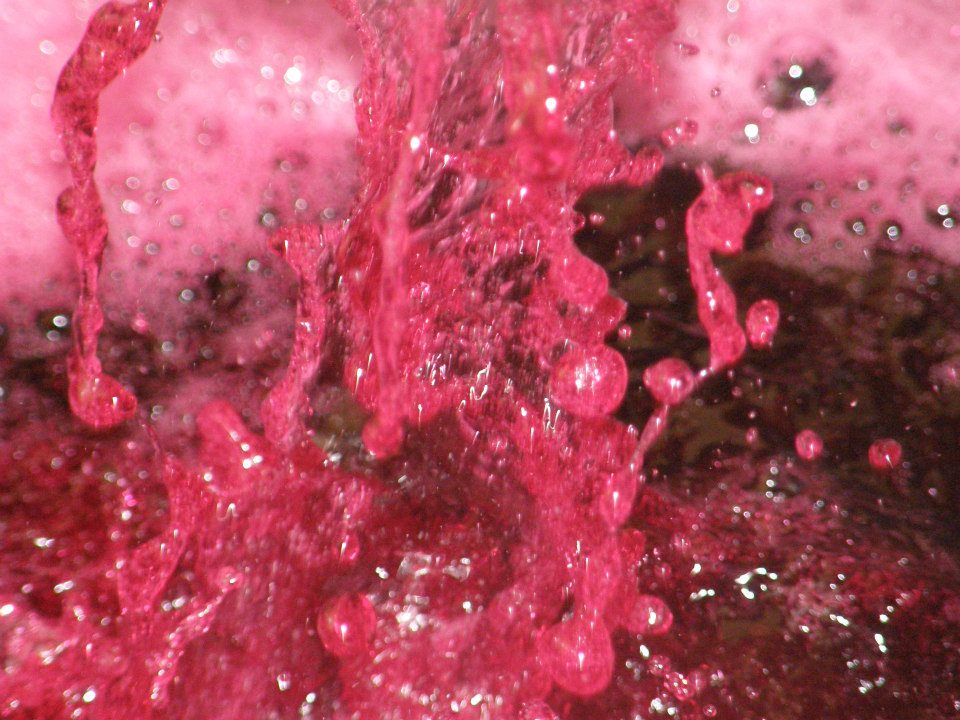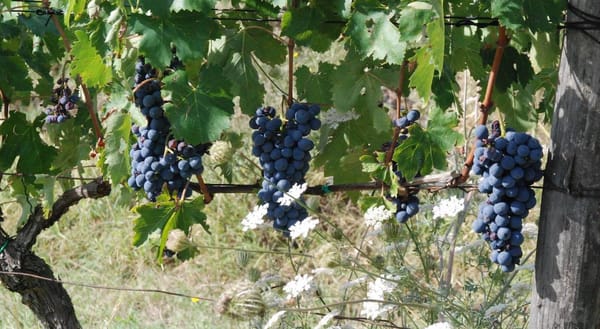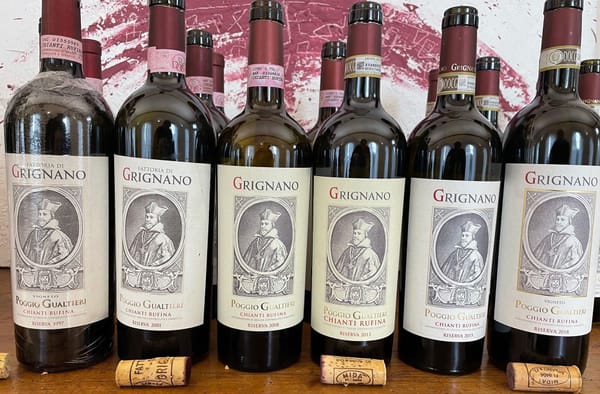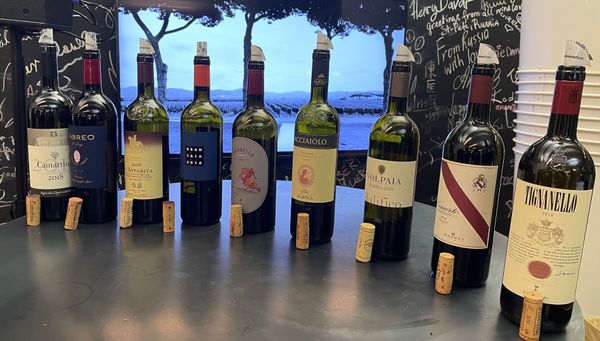Interview: Carlo Piccinini of Cantina di Carpi e Sorbara discusses Lambrusco with Paul Caputo

Lambrusco has a bit of a bad rep in the UK, but with the quality of many of the wines it's about time things changed. A sparkling red wine that leads with a snappy crack of fresh red fruit, Lambrusco has often fallen victim to the notion that it isn't a serious wine style. To some extent this is true, after all, nobody would dream of suggesting fizzy, fruity red wine is about to take the world by storm. However, with a growing emphasis on matching niche food and wine dishes and in an age when beer and food pairing is being given plenty of page space, there is no reason to ignore the plethora of Lambrusco styles. I spoke to Carlo Piccinini, vice president of Cantina di Carpi e Sorbara about the all things Lambrusco.
Lambrusco is arguably one of the most misrepresented wines in Italy. How would you describe the history of marketing Lambrusco? Despite many efforts, we have not yet managed to build a joint and unified marketing project. The producers of Lambrusco act unilaterally and concentrate their efforts on selling their own wine. Consequently we often fail to present a coherent voice. In a lot of markets, such as England for example, we are struggling to make an impact. Over the years the marketing of Lambrusco has been very much like this, lone voices presenting individual wines. What we must try to do on a more focused level is show foreign buyers and consumers that Lambrusco is actually a dry wine. One of the big misconceptions is that Lambrusco is cheap and sweet. It is true, Lambrusco is a low alcohol wine, it is sparkling and 'happy', but there is far more to it than the sweet syrup that they know, the wines that in decades past we picked up for export.
There are a number of different sub zones involved in the production of authentic Lambrusco. Can you give us some cheats for understanding the different terroirs and wines? The first reference point is Sorbara; it produces a light coloured wine, so light in fact it's almost a natural rosé. It is produced in the north of Modena in sandy soils. More often than not it is possible to distinguish Sorbara just from the colour. The second guiding hint identifies Salamino, which comes from even further north in the denomination in the clay soils around Carpi. It is much darker and fruitier. Finally Grasparossa, from the hills to the south of Modena produces very dark wines and are identified easily as the most tannic style of Lambrusco. It can be interesting to know that the Lambrusco family boasts about 15 indigenous grape varieties that have now given rise to more than 60 clones. This family is one of the few autochthonous varieties to originate in Italy. It was tamed by the Romans and Was almost certainly not imported into Italy via ancient Greece or the the Middle East.
Are there any tasting secrets that would help us recognise the differences between the various Lambrusco varieties? With 60 grapes in the same family you will find that many of the differences are subtle. The Sorbara variety is a little bit more floral and sapid, yet elegant and often possessing distinctive acidity. Salamino has a strong profile of red fruit and is normally capable of a round, balanced flavour. Grasparossa is fruity but can often give earthy notes.
In your opinion, which Lambrusco variety offers the greatest potential for international success? Currently, the most popular and dispersed wine found in international markets is that bottled as Lambrusco dell’Emilia IGP, followed by the Lambrusco di Modena DOC; these are blends composed by all three aforementioned Lambrusco varieties. Consequently, Lambrusco is known internationally as more of a dark red wine because the Salamino variety is actually the main ingredient. This is makes for an easier wine to sell but often a simple one. I believe that the Corbara variety presents the most exciting potential for more experienced consumers. Sorbara can really surprise, especially if the wine is approached with an open mind. Treating Sorbara as a new wine rather than comparing it to existing stereotypes of Lambrusco can be eye opening and so I think Corbara could help change of international perceptions.
To what extent is Lambrusco a food wine? Lambursco is born to pair with food and in particular the cuisine of Emilia-Romagna. The Lambrusco from Modena works exceptionally well With its vibrant bubbles and acidity. It is able to clean the mouth and balanced out fats and oils from our typical antipasti.
As one of the larger producers of Lambrusco in the region, how do you see Cantina di Sorbara's role over the next 10 years? This is a very difficult question. For 100 years our winery has been associated with and concentrating its business on bulk wines, with the target being to produce the best quality ingredient for other wineries. Now we are focused on developing our own brand and reaching the customer with our own wines. We would also like to contribute to the diffusion of a real Lambrusco culture, in order to show to the world a different face of this high potential wine.




